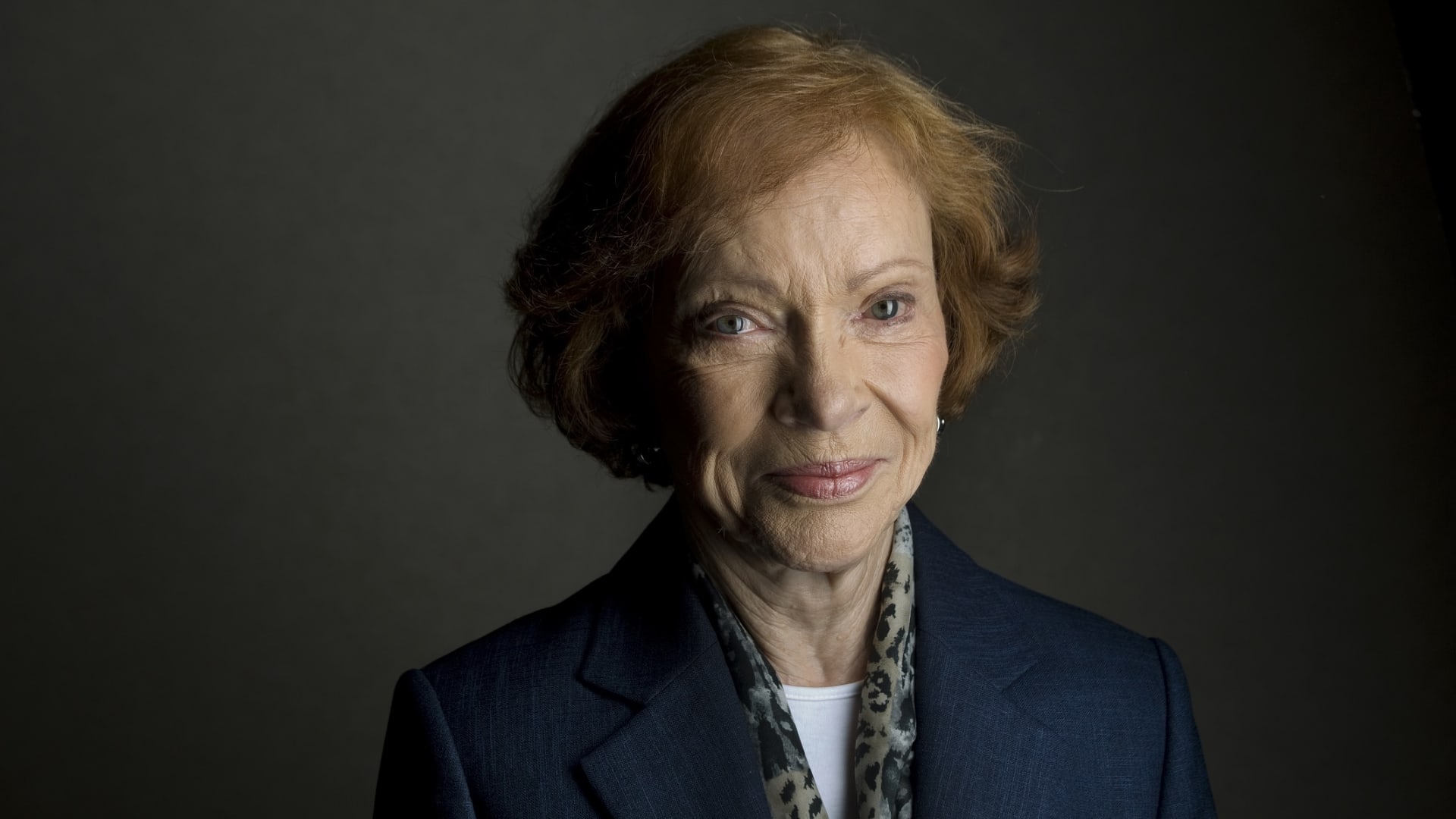Turkey: In the thick of change…
As Turkey weighs its political relationship with the United States and aspires to European Union membership, life in Istanbul is a constant balancing act between conflicting influences, which makes change inevitable, Mr. Pamuk said. But he rejects the ambassadorial role, he said in a recent interview here before accepting the International Impac Dublin Literary Award. Rather than accommodate and explain differences between two cultures, he chooses to probe the feelings of people caught up in that change.
"I don’t believe in, say, a clash of civilizations," he said. "I am living in a culture where the clash of East and West, or the harmony of East and West, is the lifestyle. That is Turkey."
Regardless of what it is called, that mix can be violent. Mr. Pamuk’s most recent book, "My Name Is Red" (published by Knopf in 2001 in an English translation), is about the impact of European Renaissance painting on the insular world of 16th-century Islamic illustrators, and the characters in that atmosphere of flux principally feel confusion and pain; by the end of the novel they are left either blinded, crippled, decapitated or, at least, scorned and humbled.
The plot of "Red" is propelled by a murder mystery and a love story, as a handful of miniaturist painters work in secret on what is rumored to be a heretical book for the Ottoman sultan Murat III. The novel recounts the details of an essential yet forgotten Turkish art. When the painters are chosen to narrate the book, the illustrators describe mixing pigments or preparing finely carved reed pens. There is also the lewd banter among adolescent apprentices in an artists’ workshop. Fitting Mr. Pamuk’s tendency to write long prose poems, "Red" has 19 narrators, including a dog, a corpse, a counterfeit gold coin, and of course, the eponymous pigment.
More important than the texture of that forgotten world is how it adapted, Mr. Pamuk said. In 1591 ambitious young miniaturists grappled with the seductive allure of Venetian painting, and felt intense shame when they rejected the tradition of their fathers and workshop masters. The masters resisted change so stubbornly that they preferred to blind themselves rather than be corrupted by the infidel and selfish styles of the West, even as they realized their techniques were disappearing.
One painter envisages the downfall of Muslim illustrations. "For the rest of your lives you’ll do nothing but imitate the Franks for the sake of an individual style," he tells his colleagues. "But precisely because you emulate the Franks you’ll never attain individual style."
In the tradition of Islamic illustration, such paintings almost always accompanied the text of a historical story or ancient legend. Mr. Pamuk includes numerous anecdotes and parables, which come up so often that even Western readers eventually come to know the stories, like how Shirin fell in love with Hüsrev when she saw his portrait hanging from a tree, as well as familiar fairy tales.
Very few Turks today show an interest in such aspects of their country’s cultural history, partly because they know nothing about it, Mr. Pamuk said. He began research for this novel, he called it a "walk around in those forgotten woods", in 1992. It was published in Turkish in 1998. This June "Red" received the Impac prize, which is worth about $100,000, making it the world’s largest award for a single work of fiction.
Mr. Pamuk has rejected official titles, as he did when the Turkish government tried to honor him with a state artist position five years ago. But he has willingly, even eagerly, accepted the celebrity status that his eight novels have brought him in Istanbul. (The eighth, "Snow," will be published in English translation in February.) After he won the Impac prize, he said, strangers there, indignant on his behalf, stopped him on the street to ask why a quarter of the purse went to the American translator, Erdag M. Goknar.
The seeds for "Red" were sown in childhood, Mr. Pamuk said, when his parents encouraged his fumbling attempts at painting with undeserving praise. Even into his 20’s he wanted to be a painter, despite an admitted lack of talent and the absence of paintings around him for inspiration.
In Turkey in the 1950’s and 60’s, scholars had no enthusiasm for Islamic painting, and two or three curators managed museum collections that served as mere storage vaults. Reproductions of masterpieces in art books were primitive. "Even Picassos you would see in black and white," he said.
Now Mr. Pamuk regularly travels to New York to indulge his passion for contemporary Western culture just as he engages with his own national heritage in Istanbul. He said: "You go to the past and try to invent a pure image of yourself, then you understand the vanity and romanticism of it. Then you go to the West and are shamelessly inspired by the newest postmodern form. Then you also realize the vanity of it. And your pendulum goes back between East and West."
"What is important is that you don’t have to be too problematical and ethical about this. That is how life is at that corner of the world, and I accept it. My happiness is that I can make a melancholy music out of all these comings and goings."



